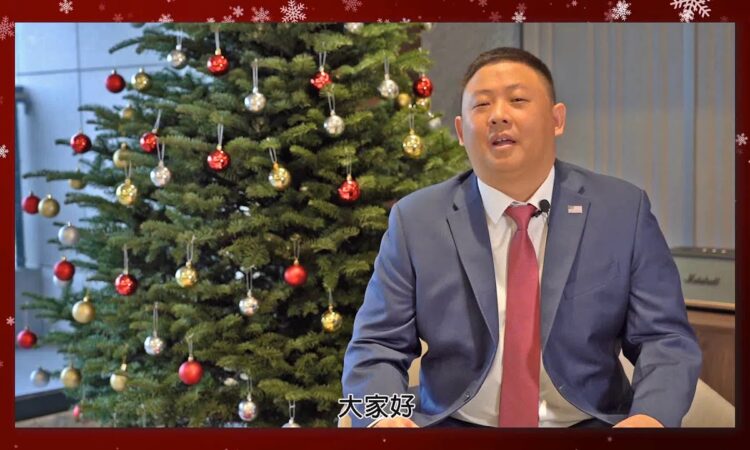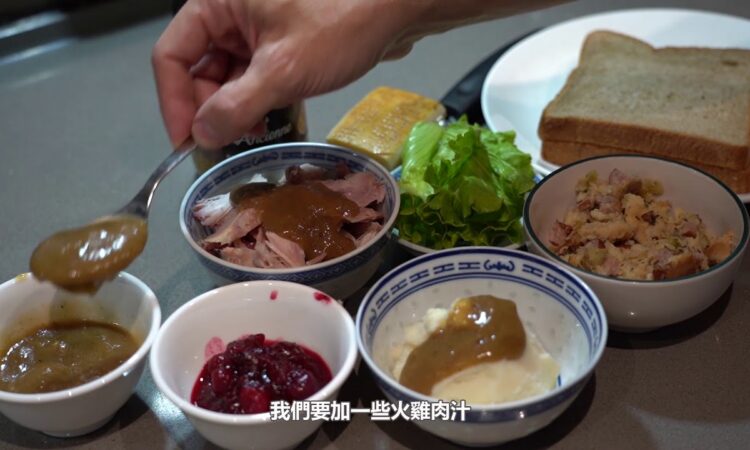National Taiwan University
June 4, 2018
AIT Official Text #: OT-1810
(As Prepared for Delivery)
Minister Lee, Deputy Minister Hsieh, Deputy Governor Mungkasa, distinguished guests and colleagues, good morning.
It’s a pleasure to help kick off this air quality program under the International Environmental Partnership, or IEP. The United States and Taiwan launched IEP in 2014, creating a platform for us to provide technical assistance and pursue greater cooperation with countries across Asia and around the world.
IEP has grown dramatically since its inception. Under IEP, the United States and Taiwan have jointly held more than 80 international events with over 40 participating countries. These programs cover a variety of issues, including air pollution, mercury monitoring, electronic waste management, site remediation, law enforcement, environmental education, and the circular economy.
This year our two EPAs are on track to hold more than 20 IEP events, with several held outside of Taiwan, in the Philippines and Japan, for example, in a clear demonstration of Taiwan’s leadership on environmental issues.
This year also marks the 25th anniversary of formal cooperation between the U.S. EPA and Taiwan EPA. Over the decades, our two agencies have together built an impressive history of outstanding achievements.
The United States and Taiwan have made great progress in cleaning up our respective environments over the last 25 years. However, the global community is still facing a spectrum of environmental challenges. Poor air quality, transboundary mercury pollution, and the improper disposal of hazardous materials are some of the threats to human health and the environment that continue to require our urgent attention. We must work together to provide a healthy and safe environment for present and future generations.
The achievements of Taiwan’s EPA are not limited to just Taiwan. We appreciate how our bilateral environmental cooperation has led to a partnership in regional and international capacity building. I deeply appreciate the role that the U.S. EPA played in this process, and I want to thank the U.S. EPA officials here today for their vision and foresight in contributing to this remarkable transformation.
At AIT, we have sought to demonstrate the U.S. commitment to safeguarding the environment and making a lasting difference in Taiwan. This includes regular beach cleanups and sponsorship of the Fishackathon contest to find creative solutions to make fisheries more sustainable and equitable.
Everybody in Taiwan knows that AIT is going to move! AIT’s new building also underscores our commitment to sustainability and protecting the environment. I am proud to announce that our new building is on target to be Leadership in Energy and Environmental Design, or LEED, Silver Certified. LEED-certified buildings are resource efficient, use less water and energy, and reduce greenhouse gas emissions. This is part of the Green Diplomacy Initiative of the Department of State that aims to improve the environmental sustainability of its global operations.
When construction is complete there will be more trees on-site than before the project began. In fact, over 72 percent of AIT’s property will be covered with vegetation. We have preserved much of the existing native vegetation, while increasing total landscaped area by 15 percent.
AIT is delighted to see that today marks the launch of a new regional air quality management platform, which will help countries across South and Southeast Asia improve their technical capacity to tackle air pollution. We will conduct in-country trainings, facilitate regional networking through online forums, and give participating countries access to U.S. EPA’s air quality management tools.
As we all know, air pollution can – and often does – cross boundaries. It is not enough for authorities just to protect the environments of their own people. What others do across the border will also have an impact on the air we breathe.
That is why we must reach out to the rest of the world – to assist others with building their own environmental protection capacity, and to share best practices with experts and scientists around the world. This will help us all better understand and respond to the threat air pollution poses to public health.
Thank you all for your contributions to this important initiative. I wish you a productive workshop.

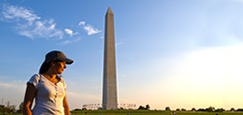
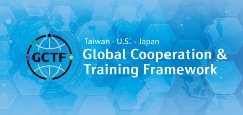




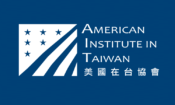
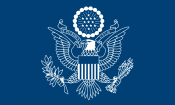
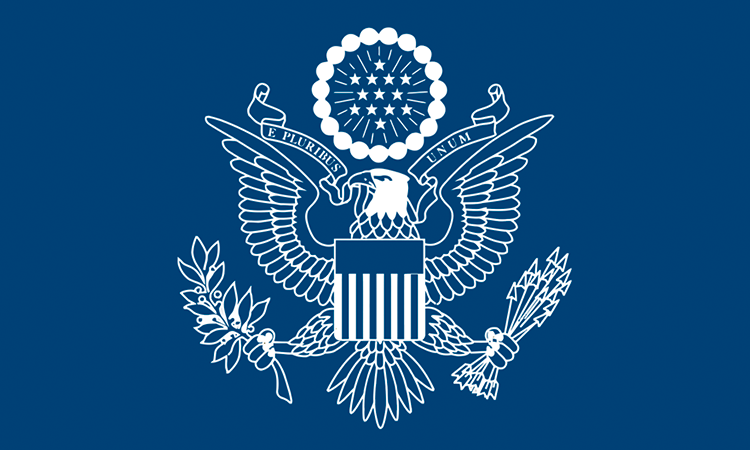
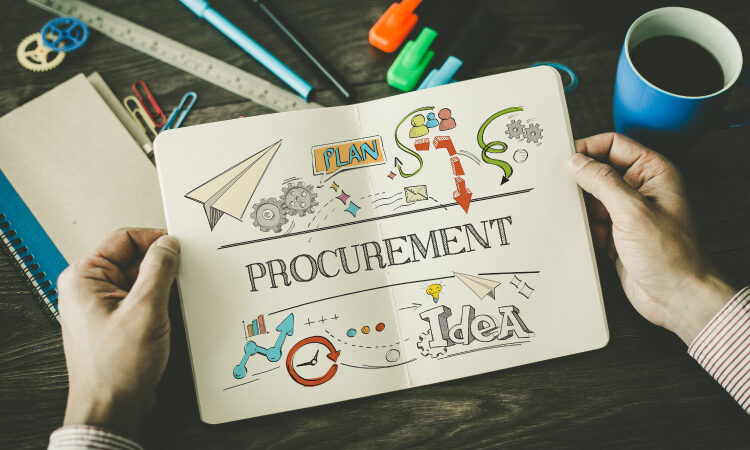



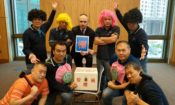
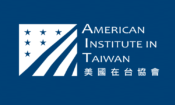
![Video Thumbnail [Recovered]-01](../wp-content/uploads/sites/269/Video-Thumbnail-Recovered-01-1-750x450.jpg)
